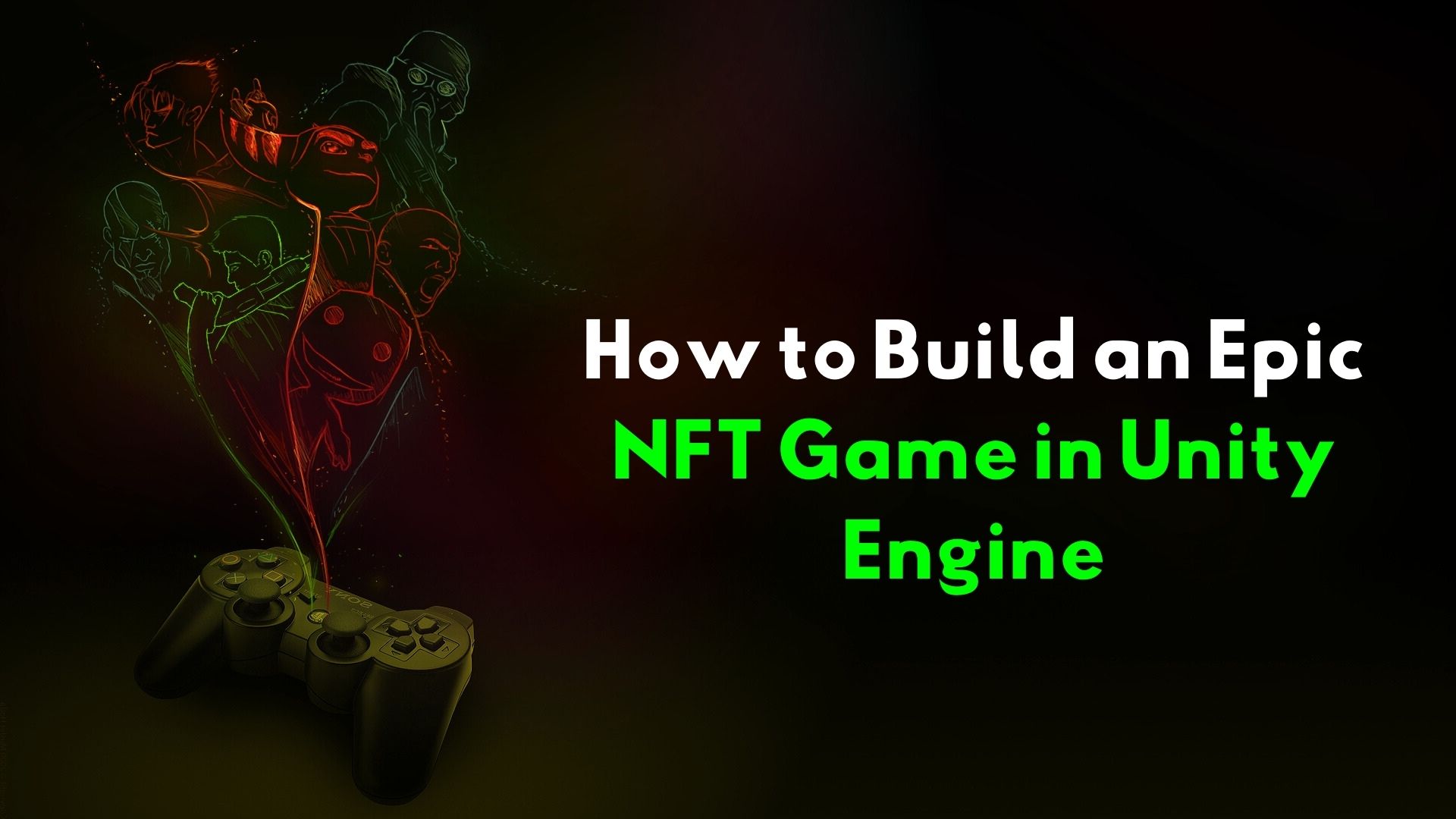 Today, the old traditional approach to gaming is progressively fading, with players looking for new sources of inspiration and, more importantly, cash. Because crypto games are built on the GameFi and play-to-earn concepts, more and more developers are turning their attention to NFT Game Development
Today, the old traditional approach to gaming is progressively fading, with players looking for new sources of inspiration and, more importantly, cash. Because crypto games are built on the GameFi and play-to-earn concepts, more and more developers are turning their attention to NFT Game Development
Allowing players to earn NFTs while they play your game increases not just their engagement but also their value. In light of current gaming industry trends, new Web 3.0 changes, a focus on decentralization, and so on, NFT goods are becoming a global game-changing phenomenon.
Why NFT Games Should Use the Unity Game Engine
The advantages of Unity over other gaming engines are numerous. In contrast to Godot and other available game engines, Unity offers a vast selection of plugins, a dedicated community, helpful forums, respectable graphics, and other crucial benefits that streamline the workflow. Additionally, the software's user interface (UI) is rather simple and intuitive, so even developers who have never used its capability before can rapidly become accustomed to it.
It is possible to create a trustworthy blockchain-based product using Unity's game engine, which is ideal for NFT games. Your players won't ever experience difficulty earning NFTs through gameplay, accessing them outside of the game on a marketplace, or even freely exchanging each token because the architecture underpinning Unity is so versatile.
Additionally, Unity was designed as a cross-platform engine, enabling you to produce content for Windows, macOS, Xbox, PlayStation, VR/AR, and other platforms. You may quickly adapt your NFT game to new virtual surroundings and make adjustments even after the product has been finished thanks to the scalability prospects provided to Unity developers.
3 Steps to Creating an NFT Game in Unity
Pre-production
We'll jump right into the technical aspects of NFT games, assuming you already know what they are. Creating a server to store your in-game products is primarily required. You should use cloud storage servers rather than traditional blockchains because they store a lot of data.
Front-end & back-end sections
As a foundation, creators must create several in-game assets that will later be connected to specific NFTs produced on the blockchain of their choice, such as Ethereum, Polygon, or Flow. Developers typically use a wide range of software, such as the engine itself, the Visual Studio code editor, different plugins, etc. Artists additionally use Adobe Photoshop, Illustrator, Blender, Substance Painter, and other programs.
Marketing & release
Once developers have completed the full system architecture, coded all mechanisms, and completed other back-end tasks, the marketing campaign can be launched. When developing commercials and advertisements, it is critical to keep shareholders' interests in mind. You can launch your future NFT game on any platform, whether mobile, console, or PC, once it has completed all testing sprints and received sufficient money to cover all expenses.
Conclusion
If you've already decided to create a profitable NFT game with good scalability possibilities, it's time to pick a Unity Game Development Company to protect your interests and help businesses by bringing in money, raising company recognition, developing marketing opportunities, encouraging employee involvement, and offering superior data analysis skills.

No comments yet